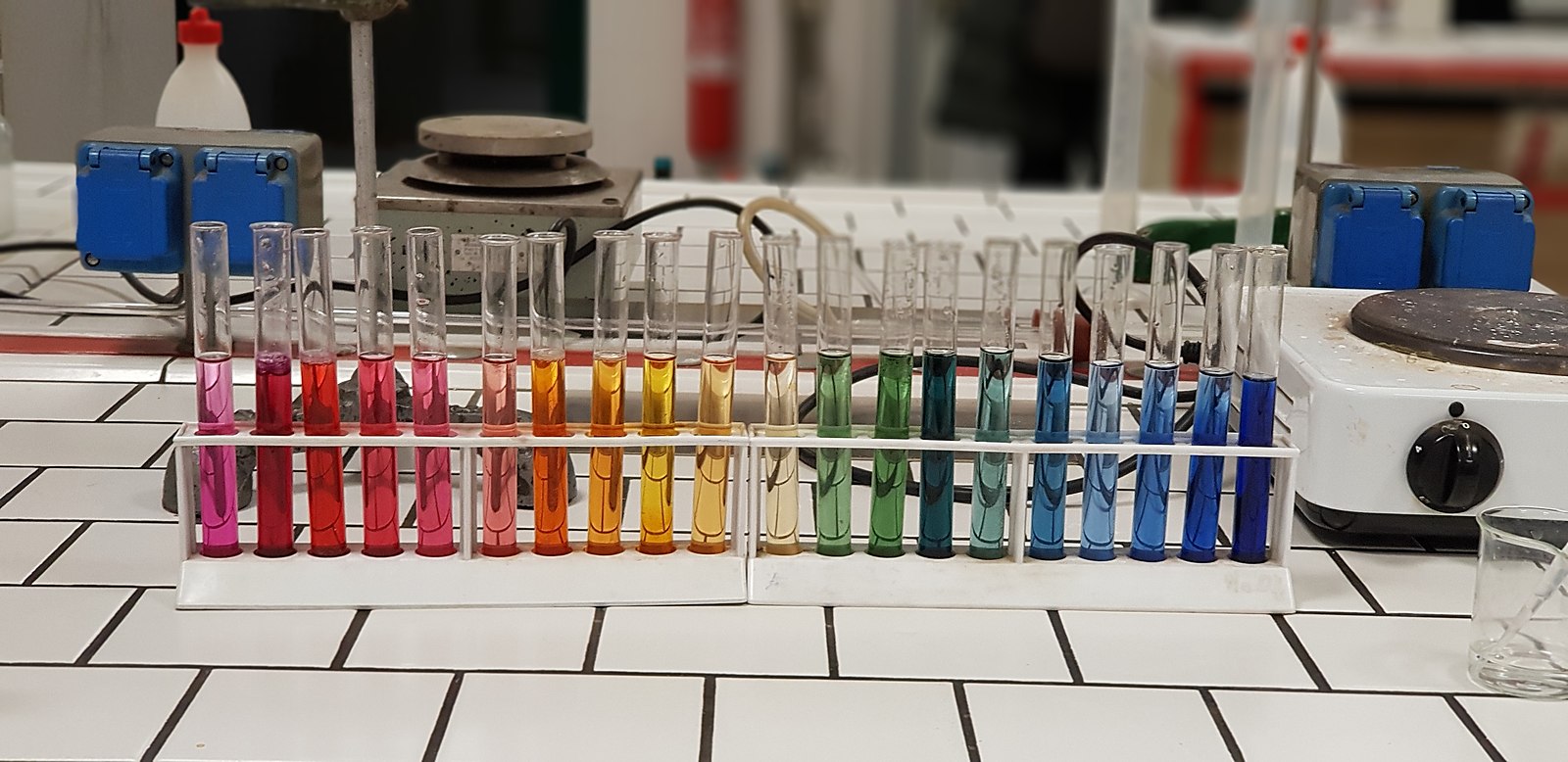HEPES (4-(2-hydroxyethyl)-1-piperazineethanesulfonic acid) is a widely used buffering agent in cell culture, particularly for maintaining physiological pH despite changes in carbon dioxide concentration. The pH of HEPES in water is a crucial factor to consider when working with this buffer solution.
Understanding the pH of HEPES
HEPES has two pKa values: pKa1(25 °C) = 3 and pKa2(25 °C) = 7.5. This makes HEPES a good choice as a buffer for enzymes that might be inhibited by metal chelation, as it has negligible metal ion binding. The useful pH range for HEPES is 2.5 to 3.5 or 6.8 to 8.2.
Preparing a HEPES Buffer Solution
To prepare a 1 M HEPES stock solution, you can add a solid powder of pure HEPES (MW 238.3 g/mol) to make 100 mL of 0.1 M HEPES, pH 7.4. The pH can be adjusted by increasing the molar ratio of HEPES free acid (more acidic) or HEPES sodium salt (more basic) and estimated using the Henderson-Hasselbalch equation.
When preparing a HEPES buffer solution, it is important to maintain appropriate osmolality in the media, and the toxicity with respect to a given cell line must be evaluated. The pH is adjusted with NaOH or HCl, and care must be taken to avoid oxidation when solutions containing both HEPES and riboflavin are exposed to ambient light.
Potential Contaminants and Considerations
Contaminants or substances that may be present in HEPES solutions include magnesium, calcium, manganese(II), and copper(II) ions, which HEPES does not bind. Therefore, it is important to ensure that these ions are not present in excess in the media or solutions used in cell culture.
To deal with these substances, it is recommended to use high-quality HEPES and to filter the solutions through a 0.22-micron filter to remove any impurities or contaminants. Additionally, it is important to monitor the pH and osmolality of the solutions regularly to ensure that they are within the appropriate range for the cell line being used.
Conclusion
In summary, the pH of HEPES in water is a crucial factor to consider when working with this buffer solution. HEPES is a widely used buffering agent in cell culture due to its ability to maintain physiological pH and its negligible metal ion binding. When preparing HEPES solutions, it is important to maintain appropriate osmolality, evaluate toxicity, and adjust the pH with NaOH or HCl. Contaminants such as magnesium, calcium, manganese(II), and copper(II) ions should be monitored and removed if necessary. By following these guidelines, DIY users can prepare and use HEPES solutions safely and effectively in their cell culture experiments.
References:
- GoldBio. (2015-08-17). HEPES Buffer 1M Stock Solution with table. Retrieved from https://goldbio.com/documents/3548/HEPES%2BBuffer%2B1M%2BStock%2BSolution%2Bwith%2Btable.pdf
- Sigma-Aldrich. (n.d.). HEPES (H6147) – Product Information Sheet. Retrieved from https://www.sigmaaldrich.com/deepweb/assets/sigmaaldrich/product/documents/252/833/h6147pis.pdf
- Boston BioProducts. (n.d.). HEPES Buffer (1 M, pH 7.4, pH Adjusted with KOH). Retrieved from https://www.bostonbioproducts.com/products/hepes-buffer-1-m-ph-7-4-ph-adjusted-with-koh-bbh-74-k
- Wikipedia. (2023, April 27). HEPES. Retrieved from https://en.wikipedia.org/wiki/HEPES
- Protocol Place. (2013-12-21). HEPES Stock Solution (0.1 M, pH 7.4) – Protocol Place. Retrieved from https://protocol-place.com/basic-lab-techniques/stock-solutions/hepes-stock-solution-0-1-m-ph-7-4/

